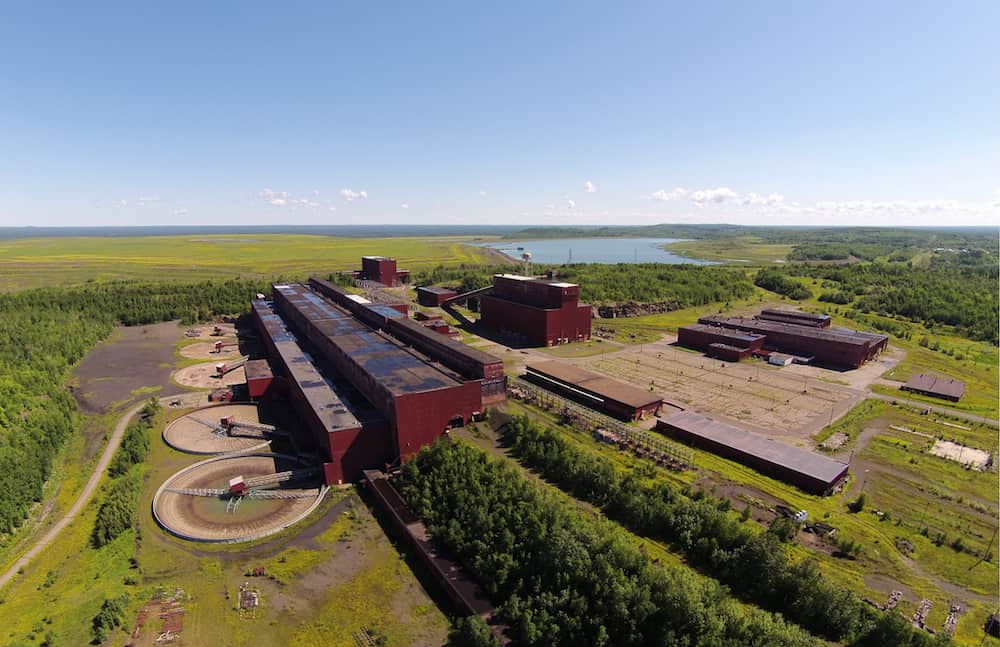
PolyMet Mining Corp. released an updated feasibility report for its proposed copper-nickel mine in northeastern Minnesota. It shows that the rate of return would be substantially lower than in 2012, largely due to increased costs.
A 2012 report from the company predicted returns of about 30 percent for the project. The latest forecast says it would be around 10 percent during a first and second phase of operations. Capital investment costs grew from about $650 million to $945 million over the past six years.
A report last year from business consulting firm Deloitte noted how international mining company Rio Tinto recently decided to only invest in mines that have above a 15 percent internal rate of return (PDF).
PolyMet’s leadership stressed the report still shows the project can make money. Jon Cherry, president and CEO, said the planned 32,000 tons of ore mined per day would be worthwhile.
“This report reaffirms the technical and financial viability of the 32,000 tpd case for which the final EIS and draft permits have been issued,” Cherry said.
PolyMet predicts that metal prices will increase in the years ahead and offset some of the increased costs.
Bigger mine might mean bigger profits
Seeking other options, PolyMet assessed the financial benefit of expanding the project’s scale. By mining nearly twice the ore, 59,000 tpd, or nearly four times the ore, 118,000 tpd, the project could see rates of return between 18 percent and 24 percent.
The company notes that expanding the mine would require additional environmental review and permitting, as well as financing.
“It looks like PolyMet is in trouble,” attorney Paula Maccabee of WaterLegacy told the Timberjay. “To make the kind of profit they claimed six years ago, they now say they would need a massive increase to more than triple the size – and the impacts – of the NorthMet copper-nickel sulfide mine.”
Mining faster would also shorten the lifespan of the mine — and the jobs it creates. The accelerated rates of 59,000 and 118,000 would mean the mine would operate for 14 or 18 years, respectively, down from 20 years at the proposed rate.
Environmental economics
The financial prospects of PolyMet’s proposal could have direct effects on its environmental impact.
According to analysis of mine accidents during the last decade, projects that are less profitable are more likely to have problems.
In a paper published last fall, independent researchers Lindsay Newland Bowker and David Chambers examined mine accidents and pollution events between 2000 and 2010, a period of historic metal price increases. The analysis showed how the same forces that allowed the Mt. Polley disaster in British Columbia in 2015 also brought PolyMet to life in the last decade.
“Very simply, smaller, lower grade mines operated by junior and midsize miners have less cushion,” the pair wrote. “They must ride too close to the edge of financial viability viz. global metals markets and major producers to try to stay in production. They also have less access to high quality capital markets, paying more and operating under more onerous terms of credit than the top producers.”
They say that is why the found that most of the major mine accidents in recent years were at projects with low-grade ore. PolyMet’s ore is equal to about 0.58 percent copper, lower than the global average of 0.70 percent. The actual copper grade (not including other metals they expect to mine) is approximately 0.30 percent.
If the project’s profit margins are slim, it could also spell trouble in the event of a costly clean-up. The economics might motivate the company to declare bankruptcy or otherwise walk away rather than pay for mitigation.

